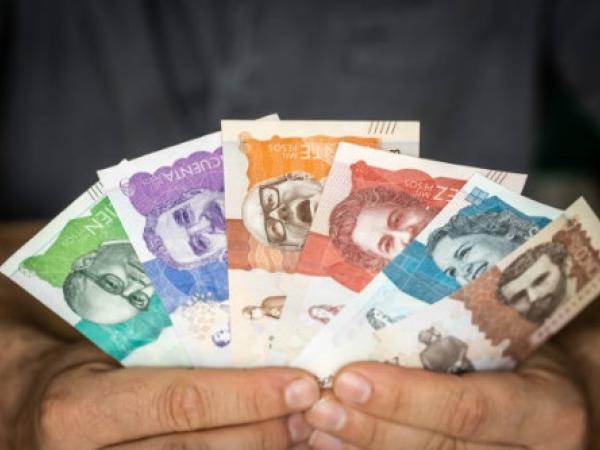Havana Cuba. — In the last three decades, the practice of religions of African origin, the so-called Santeria, has become more and more frequent among Cubans.
In the difficult times lived on the Island, there are many people who resort to these rites for health or legal problems, seeking economic well-being, for family and love conflicts or to make it easier for them to leave the country.
They prefer Santeria for the immediacy of the results and solutions it offers, unlike Christian churches, which promise a paradisiacal life, but only after death and if you have behaved virtuously.
But Santeria is expensive. the many products and items necessary to carry out the rites are extremely scarce in the market and many are sold in hard currency or are sent from abroad by relatives or friends.
The most difficult issue for initiation, after determining the saint to be received, are the exorbitant prices involved in the ritual and its follow-up,
You must start with a simple ceremony called “receive Orula’s hand” (Cofá, in the case of women). Only the right that is paid to receive Orula’s hand costs about 500 pesos, on average.
The actual initiation (making iyabó) lasts a week. The person has to remain in the place where he performs the rite surrounded by other initiates —who help in all the tasks— who must be paid.
Among the most important people who work in this protocol are: the godmother or godfather, who charges about 8,000 pesos; the Obba (major santero) 5,000; the seven santeras (iyalochas), each of which receives 500 pesos; the Yubbona (second godmother) 4,000 pesos; three or four babalawos, who receive 3,000 pesos per capita; and the cook of the food that is offered, who charges 2,000 pesos.
The amount of food and drink used for the ceremony depends on the saint being worshiped, but it is always high.
The most used required products are beans (chickpeas, black, red), rice, white sugar, coffee, powdered milk, butter, oil, mayonnaise, root vegetables, fruits, corn flour and liquor.
The number of animals sacrificed, whether four-legged or with feathers, depending on the saint to whom they are offered, considerably raises the cost of the ceremony. The most commonly used animals for sacrifices are roosters, ducks, goats and rams. Together they can cost about 40,000 pesos on average.
Other elements added to the rite that increase the total cost are white clothes and shoes, whose use is mandatory for a year; the containers where the saints are kept, necklaces, bracelets and other accessories for the liturgy, and the candles (a single one costs between 35 and 40 pesos).
Three months after the initiation, another ceremony known as “making ebbo” is performed for the confirmation of the saint. It involves “feeding the saint” feathered animals (preferably pigeons), and coconut. It is also expensive. Right now, just a coconut costs between 40 and 60 pesos, and a pigeon 350 pesos (if it is white it costs more).
To celebrate a drum (añá), which is another of the rituals that take place after initiation, you have to pay 30,000 pesos to the three drummers who will play for the saints.
The total price of making iyabó is today, according to experienced santeros, between 115,000 and 120,000 pesos.
For foreigners who start in Santeria, the cost of the ceremonies is much higher and is paid in hard currency.
These procedures never end once you start in Santeria. When the initiated person has a problem or difficulty, he must return to see his godfather or godmother, to seek a solution to the conflict. Going to see the godfather or godmother becomes as common as going to the doctor.
OPINION ARTICLE
The opinions expressed in this article are the sole responsibility of the issuer and do not necessarily represent the opinion of CubaNet.
Receive information from CubaNet on your cell phone through WhatsApp. Send us a message with the word “CUBA” on the phone +1 (786) 316-2072, You can also subscribe to our electronic newsletter by giving click here.





